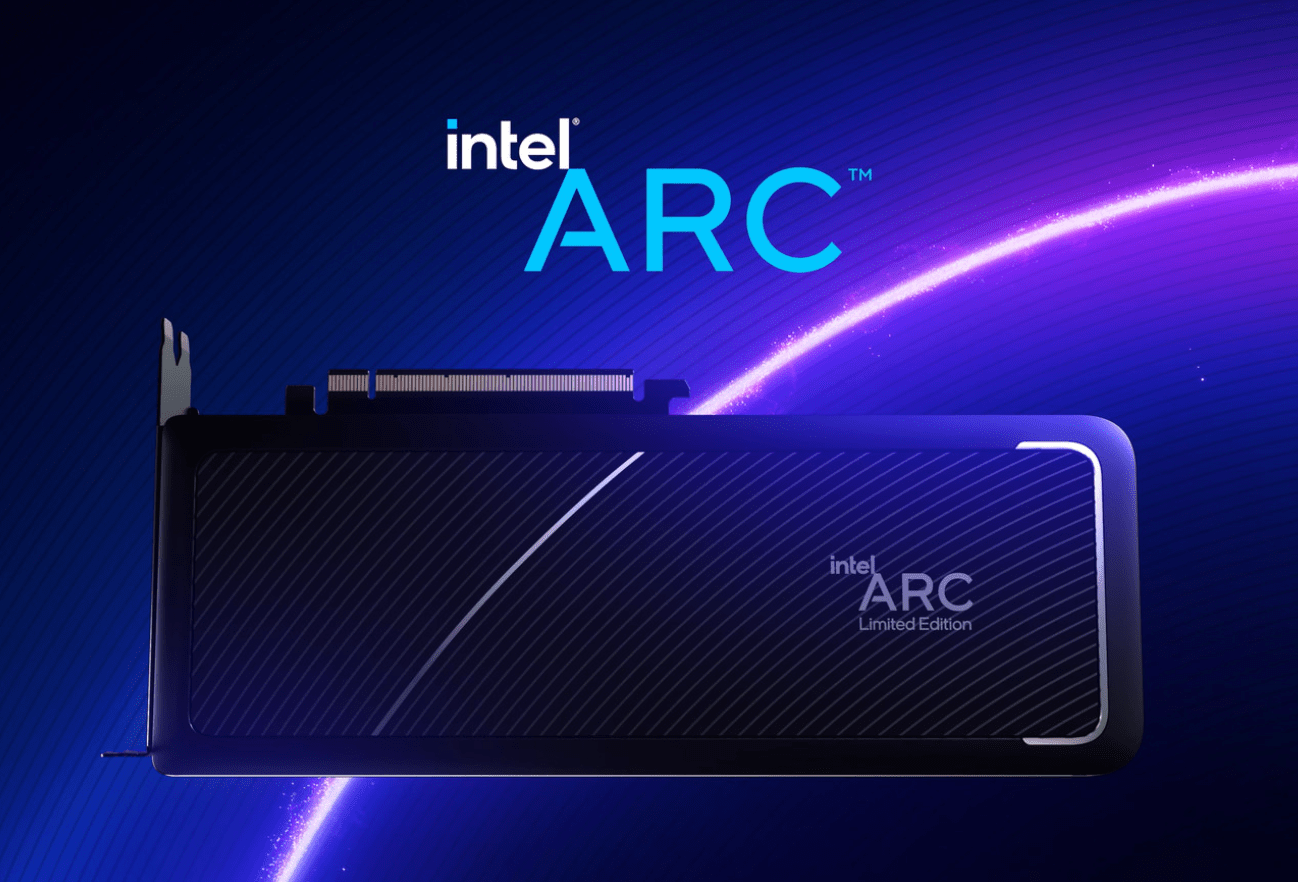The advent of Intel Arc GPUs is a new chapter in the graphics card industry. It promises high performance and advanced functions for a wide range of users.
Whether you’re a gamer seeking the ultimate visual fidelity or a professional who demands high computational power, understanding the capabilities of the Intel Arc GPU is the need. of the hour.
Focus on below-mentioned performance indicators to ensure that your Intel Arc GPU operates at its peak power.
- Frame rates
- GPU temperature
- Power consumption
- Memory utilization
- Core clock speed, and so on.
Let’s dive into these capabilities in detail:
Metrics 1: Frame Per Second (FPS) For Smooth And Fluid Gaming Visuals
FPS is a fundamental metric that indicates how many frames your GPU can render per second. It’s important to evaluate the smoothness and fluidity of your visual experience.
Why FPS is important:
- High FPS allows smooth motion and low stutterings. It leads to a more enjoyable gameplay experience.
- Powered FPS offers you an edge in competitive gaming.
How to track FPS:
- Use tools like MSI Afterburner, Fraps, or NVIDIA GeForce Experience to display real-time FPS data.
- Many modern games feature built-in FPS counters or overlays to help you track performance.
Metrics 2: GPU Temperature Ensures Optimal Performance
GPU temperature is an important metric that reflects how hot your graphics run during operations. Keeping an eye on this helps prevent overheating that leads to performance throttling or hardware damage.
Why temperature matters
- Excessive heat can cause your GPU to throttle its performance to cool down. It results in low FPS and declined performance.
- Consistently high temperatures can shorten the lifespan of your GPU.
How to monitor temperature
- Utilize software like HWMonitor, GPU-Z, or MSI Afterburner to keep track of temperature readings.
- Ensure adequate airflow in your PC case, and consider upgrading your cooling solutions if necessary.
Metrics 3: Power Consumption Ensures Proper Power Supply
Power consumption is the amount of electrical power your GPU uses. So, properly monitoring this metric helps ensure that your power supply unit (PSU) can handle the GPU requirements.
Why power consumption is important
- Insufficient power can lead to system crashes or instability. Make sure that your PSU meets the GPU power needs.
- Understanding power consumption is important in managing overall system work.
How to measure power consumption
- Use tools like HWiNFO or GPU-Z to track power draw.
- Check your PSU’s wattage.
Metrics 4: Memory Utilization Reduces The VRAM Usage
Memory utilization is how much your GPU video memory (VRAM) is used. High VRAM usage can impact performance, particularly in applications with high-resolution textures or large files.
Why VRAM is important
- Running out of VRAM causes performance issues like stuttering or low graphical quality.
- Monitoring VRAM usage helps adjust game settings or application configurations for great performance.
How to track VRAM usage
- Use tools like MSI Afterburner or GPU-Z to monitor VRAM usage in real-time.
- Many games provide VRAM usage information in their settings or performance settings.
Metrics 5: Core Clock Speed Handles The Processing Power
Core clock speed is how quickly the GPU core operates. It’s important to evaluate your graphics card’s processing power and performance.
Why core clock speed is important
- Generally, high clock speed leads to high performance. It provides a more responsive experience in gaming and professional applications.
- Knowledge of core clock speed is important for those looking to overclock their GPU for additional performance gains.
How to monitor core clock speed
- Tools like MSI Afterburner or GPU-Z can display real-time core clock speeds.
- Compare actual clock speeds with the GPU’s specs to ensure optimal performance.
Metrics 6: Memory Bandwidth Allows You To Evaluate Data
Memory Bandwidth measures the rate at which data is transferred between the GPU and its memory. Higher memory bandwidth improves performance in memory-intensive tasks and applications.
Why memory bandwidth matters:
- Increased memory bandwidth allows faster data transfer, improving overall performance, particularly in high-resolution or complex scenarios.
- Applications that rely heavily on memory bandwidth benefit significantly from higher bandwidth.
How to Measure Memory Bandwidth:
- Memory bandwidth is often assessed through benchmarks and performance tests that evaluate overall GPU performance.
- Look for detailed benchmarks in reviews that include information on memory bandwidth.
Metrics 7: Latency Allows You To Improve Device’s Responsiveness
Latency measures the delay between user inputs and the GPU’s response. Lower latency results in a more immediate and responsive experience.
Why Latency is Important:
- Lower latency leads to quicker reaction times, critical for competitive gaming and real-time applications.
- Reducing latency improves user experience by minimizing lag and input delay.
How to Monitor Latency:
- Use tools like LatencyMon or specific gaming benchmarks to measure and analyze input latency.
- Review benchmarks and performance analyses that provide information on latency.
Metrics 8: Frame Time Variability Improves Frame Rendering Times
Frame Time Variability measures the consistency of frame rendering times. Low variability indicates that frames are rendered at a consistent rate, leading to smoother gameplay.
Why Frame Time Variability Matters:
- Consistent frame times reduce stuttering and provide a more fluid experience.
- Tracking frame time variability helps identify performance issues that average FPS measurements might not reveal.
How to Track Frame Time Variability:
- Use Afterburner or Frame View to analyze frame time consistency.
- Look for benchmarks that include frame time variability data.
Conclusion
By tracking these key performance metrics, you can gain a comprehensive understanding of your Intel Arc GPU’s capabilities. Monitoring frame rate, temperature, power consumption, memory utilization, and other crucial metrics helps ensure optimal performance and a satisfying user experience.
Whether you’re a gamer looking for the best performance or a professional seeking reliability, understanding these metrics will help you make the most of your Intel Arc GPU.






